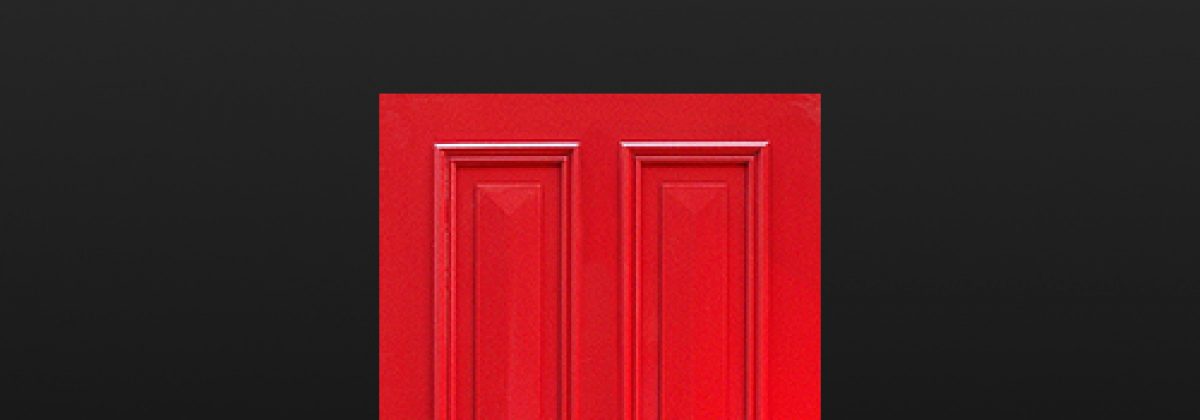

August 3, 2019
Fires involving hot works can lead to multimillion pound losses – not to mention causing huge disruption for customers
Hot works’ describes any construction or maintenance process that involves the use of open flames, or which generates significant heat or sparks.
As featured in previous Flint Insurance communications, accidents involving hot works during construction or refurbishment can easily lead to multimillion pound losses.
Zurich’s analysis of the underlying causes of such fires show that many could have been avoided with additional vigilance during the pre-work assessments and post-work fire watch periods. Thermal imaging cameras can play a crucial role in helping provide this increased surveillance.
A thermal imaging camera is commonly used for electrical thermographic inspections. By rendering infrared radiation as visible light, users can see areas of heat that could potentially lead to a fire.
A special lens focuses the infrared light emitted by all of the objects in view. This focused light is scanned by a phased array of infrared-detector elements, which create a detailed temperature pattern called a thermogram.
The camera can be used to visually record the area pre-works to demonstrate it has been cleared of any combustible materials. Following hot works, and during any breaks, the camera should be used to scan and provide a record of the site of the hot works, and the surrounding area, an hour after work has been completed. A hot reading might indicate a fire hazard, such as smouldering embers ignited by sparks.
Thermal cameras can also be used effectively for machinery breakdown inspection programmes, conducting flat roof inspections, or identifying potential escape of water or insulation defects.
Zurich is keen to encourage greater use of thermal imaging cameras across the construction industry.
Kumu Kumar, Director of Risk Engineering, Zurich UK, explains: “It’s not yet normal practice to use thermal cameras to look for hotspots following the completion of hot works on roofing work or welding, for example. We’re now working with the construction industry to get this idea adopted as standard practice.”
Ralph De Mesquita, Principal Risk Analyst, Zurich Risk Engineering, adds: “Our risk engineers are demonstrating the thermal camera to a number of customers who are very impressed with the technology.
“Many have confirmed that they will incorporate the thermal camera into their routine maintenance programmes, which is music to our ears!“
Zurich Risk Engineering is also keen to encourage customers and contractors to adopt the Scandinavian approach to hot works, which requires contractors to complete a one-day training course before they are allowed to carry out hot work.